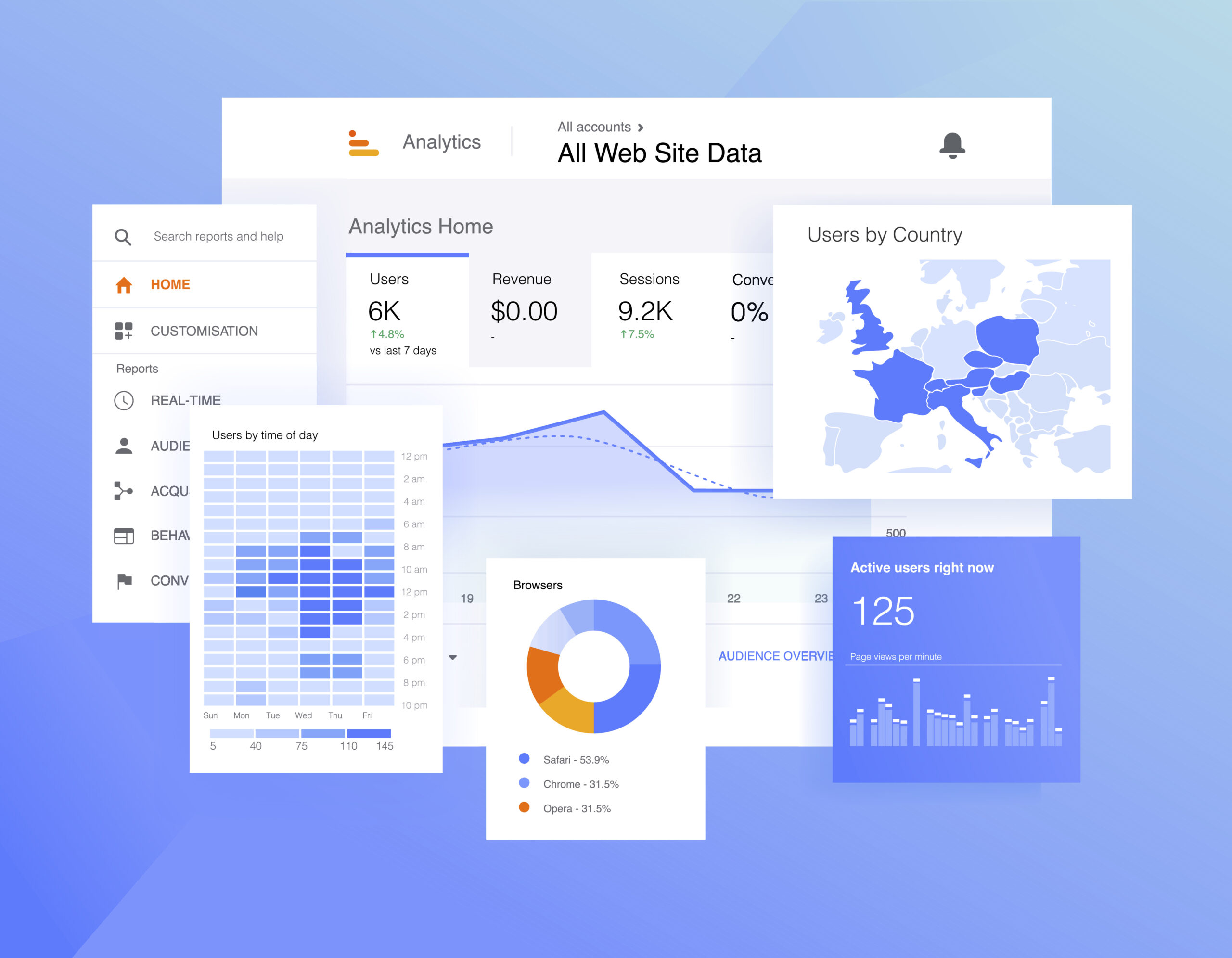Google Ad Campaigns have become an indispensable part of modern marketing strategies. However, the process of assessing the success of a Google Ad campaign is not always straightforward. With a vast array of metrics at your disposal, determining the effectiveness of your campaign can feel overwhelming. This brief guide is designed to help you understand if your Google Ad campaign is truly hitting its mark.
First Things First: What Are Your Goals?

Not all Google Ad Campaigns should be trying to do the same things. Are you trying to generate traffic to your site? Do you want to generate sales of a specific product? Are you trying to create overall brand awareness? Are you trying to gain customers in a specific demographic or geographic region? You must define your goals. If you don’t, then how can you measure your success? It can be tempting to just set up a campaign and leave it without defining what success looks like. Don’t make this mistake. Google has some features that can help target your goals as well. Knowing them will help create a successful campaign.
Conversions: The Ultimate Goal
The most tangible indicator of success is often conversions. This could be a product purchase, a form submission, or a booking, depending on your specific business objectives. Google Ads provides comprehensive conversion tracking that can tell you exactly how many conversions your campaign has generated. This allows you to calculate the return on investment (ROI) of your campaign. If the ROI is positive and aligns with your business objectives, your campaign is likely on the right track. Wordsteam has a helpful article that can help you set up conversion tracking.
Click-Through Rate (CTR): A Measure of Relevance
CTR measures how often people click on your ad after seeing it. It represents the ratio of users who click on a specific link to the number of total users who view a page, email, or advertisement. A high CTR indicates that your ad is effectively resonating with your audience and compelling them to take action. An increasing CTR is a positive sign, indicating that your campaign’s targeting, keywords, and ad copy are resonating with your audience. While impressions are important for some types of campaigns ultimately you want people to click on your ad. If your CRT is low then you need to make adjustments.
Cost Per Acquisition (CPA): The Value of a Conversion
CPA measures how much it costs you to acquire a new customer. If you’re paying more in advertising than you’re making from a new customer, your campaign may not be as successful as you’d hoped. Understanding your CPA can help you set a realistic advertising budget and assess whether your campaign is financially viable. A good vs bad CTA varies quite a bit across different industries. While someone running ads for deep sea drilling equipment may be excited if they have a CAP of $10,000 that would be very upsetting for a home cleaning service.
Engagement: More Than Just Clicks
Metrics like average session duration, bounce rate, and pages per session offer insights into how users interact with your website after they click on your ad. If they’re spending substantial time on your site and visiting multiple pages, it’s a good indication that your ads are attracting the right kind of traffic. This means that the success of your campaigns don’t stop at the click. You could have the best digital ad on the internet. It’s getting thousands of clicks, has a high CTR, and a low CPA. But if the customer finds your site hard to navigate and leaves, your ad failed. Make sure your site is a place worthy of the ad campaign you are running.
ROAS: Did Your Campaign Make you Money?
ROAS stands for “Return On Ad Spend.” It’s a metric used to evaluate the effectiveness of google ad campaigns. The goal of tracking ROAS is to quantify the impact of advertising spending on revenue. ROAS is calculated as follows:
ROAS = (Revenue from Ad campaign) / (Cost of Ad campaign)
For example, if a company spends $500 on an ad campaign and generates $2500 in sales from customers who clicked on those ads, the ROAS would be: ROAS = $2500 / $500 = 5. This means that for every dollar the company spent on the ad campaign, they earned five dollars back in revenue. This is a critical metric for digital marketers to track, as it directly demonstrates the profitability of a campaign. A higher ROAS indicates a more effective advertising campaign, while a lower ROAS could suggest the need for strategy adjustment or optimization.
Bear in mind, the success of a Google Ad campaign is not determined by a single factor. It’s about analyzing a combination of metrics, understanding what they signify about your campaign, and using that knowledge to fine-tune your strategy. Ultimately, the real measure of success is whether your campaign is fostering tangible growth for your business. To learn more about digital advertising check our Digital Advertising Basics blog. If you are looking for help getting you business noticed online Rinard Media would love to help you with your google ad campaigns.